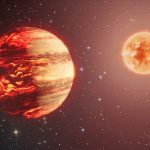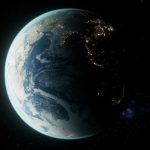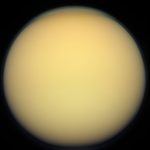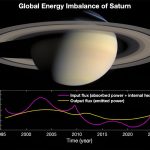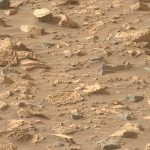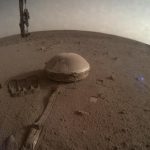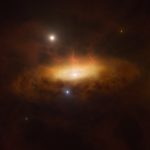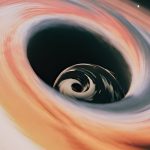Scientists discover supermassive black hole growth like baby stars
Supermassive black holes have long puzzled astronomers, particularly how they grow so large.
An international team of astronomers, including researchers from Chalmers University of Technology...
Scientists capture hidden companions of bright stars using advanced techniques
Photographing faint objects near bright stars is incredibly challenging, like trying to snap a picture of a firefly next to a bright streetlight.
However, by...
Scientists suggest small planets could be key to finding a second earth
Scientists around the world are constantly searching for planets outside our solar system that could potentially support life.
Their telescopes, both on the ground and...
Scientists discover waves on Titan could shape its shorelines
Titan, Saturn's largest moon, is the only other body in our solar system that has active rivers, lakes, and seas.
These rivers are believed to...
Scientists discover major energy imbalance on Saturn
Researchers from the University of Houston have discovered a significant energy imbalance on Saturn, which is changing our understanding of planetary science and the...
Scientists challenge dark matter theory with new galaxy rotation findings
In a groundbreaking discovery, scientists at Case Western Reserve University have found new evidence that could change our understanding of the universe.
Tobias Mistele, a...
NASA’s Perseverance rover finds ‘popcorn’ rocks on Mars
NASA's Perseverance rover has discovered some strange, "popcorn"-like rocks on Mars. After months of driving, the rover has arrived at a place called "Bright...
Marsquakes: A new way to find underground water on Mars
Scientists from Penn State University have found an exciting new way to search for water deep below the surface of Mars.
Instead of using traditional...
Astronomers witness a giant black hole wake up in real time
In late 2019, a galaxy known as SDSS1335+0728 suddenly started shining much brighter than ever before.
This unexpected event caught the attention of astronomers.
To find...
Black holes created in mergers carry information about their ancestors, shows study
Astronomers have made an exciting discovery: black holes created from the collision of other black holes carry important information about their "parent" black holes.
This...


